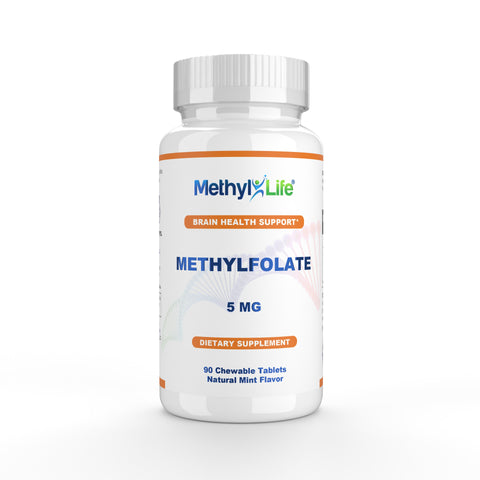What is hypomethylation?
To understand hypomethylation, you first need to understand DNA and methylation.
DNA is like a long instruction book for the body, with genes as different chapters. Some regions of DNA contain a lot of CpG sites, where the letters C and G (cytosine and guanine) appear together frequently. These areas (called CpG islands) are often found near genes and help regulate their activity.
Methylation is the process of adding small chemical groups (methyl groups) to DNA, usually at CpG sites. This helps control which genes are turned on or off at the right time.
For methylation to happen, your body needs a methyl group - a molecule made up of carbon and hydrogen. Methylfolate, the active form of folate, provides this methyl group. This group is added to certain parts of DNA to turn genes on or off.
Methylation usually silences genes, but in some cases, it helps activate them. The effect depends on the gene and its function.1
Hypomethylation occurs when too few methyl groups are added to DNA. This can lead to genes being too active when they should be controlled. Instead of affecting just one gene, hypomethylation can cause widespread changes across the genome, leading to chromosomal instability and the reactivation of dormant DNA elements (such as transposable elements).
Transposable elements are pieces of DNA that can move around the genome. While some transposable elements have neutral or even beneficial effects, they can sometimes disrupt important genes.2
Genome instability is a high frequency of mutations within the genome (the entire set of DNA instructions in a cell) of a cellular lineage. These mutations can include changes in nucleic acid sequences, chromosomal rearrangements, or aneuploidy.3










